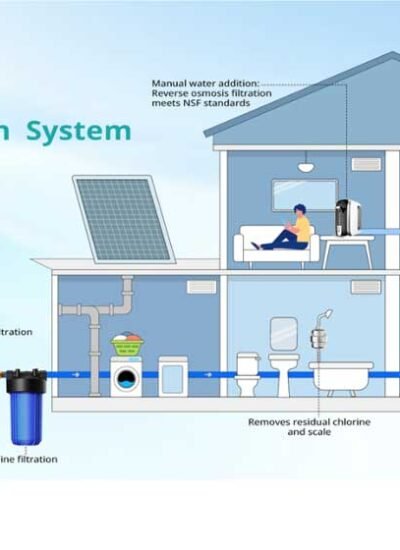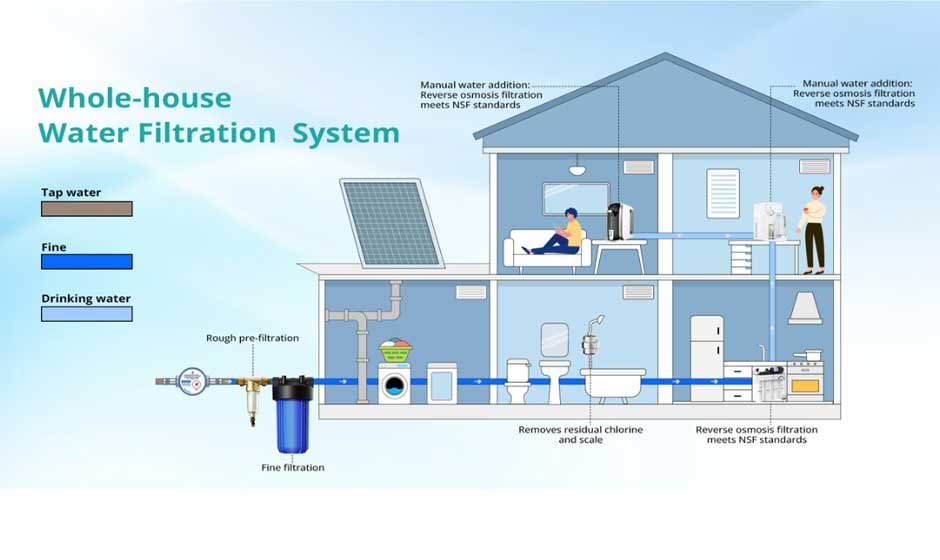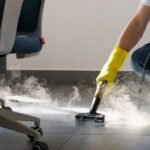Water is something we use every single day—for drinking, cooking, cleaning, and bathing. But not all water that flows from the tap is as safe or pleasant as it should be. Many households struggle with issues like chlorine, sediment, or heavy metals. These contaminants not only affect taste and smell but can also impact long-term health and even damage appliances.
The good news is that there are simple and effective ways to improve water quality at home. Here are the top five solutions you can start with today.
1. Use a Faucet or Pitcher Filter for Quick Fixes
If you want an easy way to improve taste and reduce chlorine, a faucet-mounted filter or a water pitcher with a built-in cartridge can be a quick solution.
- Best for: Renters or people who only need drinking water filtered.
- What it solves: Chlorine taste and odor, basic sediment, and some heavy metals.
- Tip: Change filters on time. Overused cartridges stop working effectively and can even release trapped contaminants back into your water.
2. Install a Countertop Reverse Osmosis System
Reverse osmosis (RO) systems are known as one of the most effective ways to clean water at home. A countertop RO filter requires no complicated installation and can remove up to 99% of contaminants.
- Best for: Families who want purified drinking water without plumbing work.
- What it solves: Heavy metals, fluoride, PFAS, nitrates, and microplastics.
- Tip: Look for multi-stage systems that combine sediment and carbon filters with the RO membrane for better taste and performance.
3. Add a Shower Filter for Skin and Hair Health
Water quality isn’t just about what you drink. Chlorine in shower water can dry out skin and damage hair over time. Installing a shower filter is a simple upgrade that makes a big difference in everyday comfort.
- Best for: People with sensitive skin or color-treated hair.
- What it solves: Chlorine, heavy metals, and unpleasant odors.
- Tip: Replace shower filter cartridges every 6 months for consistent results.
4. Use Whole House Filtration for Complete Protection
If you want to go beyond drinking water and make sure every tap in your home delivers cleaner water, a whole house system is the way to go. It filters water right where it enters your home, so your appliances, pipes, and family are protected.
Adding one in front of your main SimPure water filter is a simple way to extend the life of your whole setup. Think of it as protecting your investment while getting cleaner water right away. Their range of solutions is designed for everyday clean water needs—from compact systems for the kitchen to advanced units for full household protection.
For complete coverage, the SimPure whole house water filter is an excellent choice. It reduces sediment, chlorine, and other harmful contaminants before water reaches your faucets, shower, or washing machine. That means better-tasting water, longer-lasting appliances, and peace of mind for your family’s health.
5. Practice Regular Maintenance and Testing
Even the best filters won’t help if you neglect them. Regular maintenance and occasional water testing ensure your system is working as it should.
- Change filters on time. Each filter has a lifespan; follow the manufacturer’s schedule.
- Flush your system. Some units need a quick rinse cycle to stay efficient.
- Test your water yearly. A simple home test kit can reveal if new contaminants are present or if your system needs an upgrade.
Final Thoughts
Improving water quality at home doesn’t have to be overwhelming. Start small with a faucet filter or shower filter, or go bigger with a countertop RO or whole house system. The key is to match the solution to your household’s needs.
Whether you’re worried about chlorine in your shower, sediment in your pipes, or heavy metals in your drinking water, there’s a solution out there. Brands like SimPure make it easier by offering both everyday water filters and whole house systems, so you can enjoy safe, fresh-tasting water wherever you need it.






Leave a Reply